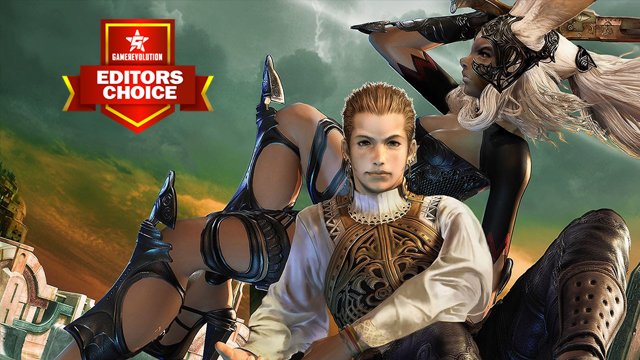Final Fantasy XII has long been a point of contention among hardcore fans of the franchise. After the original game released for PlayStation 2 as the console was reaching its twilight years, it was met with critical praise, but something of a divide grew between fans. Some were delighted by its sudden departure from familiar Final Fantasy tropes, while others weren’t quite ready to dive…
-
Vast improvements to UI, map and more
-
Zodiac job system is much more intuitive
-
Orchestral soundtrack offers excellent ambiance
-
Some muddy textures still remain









